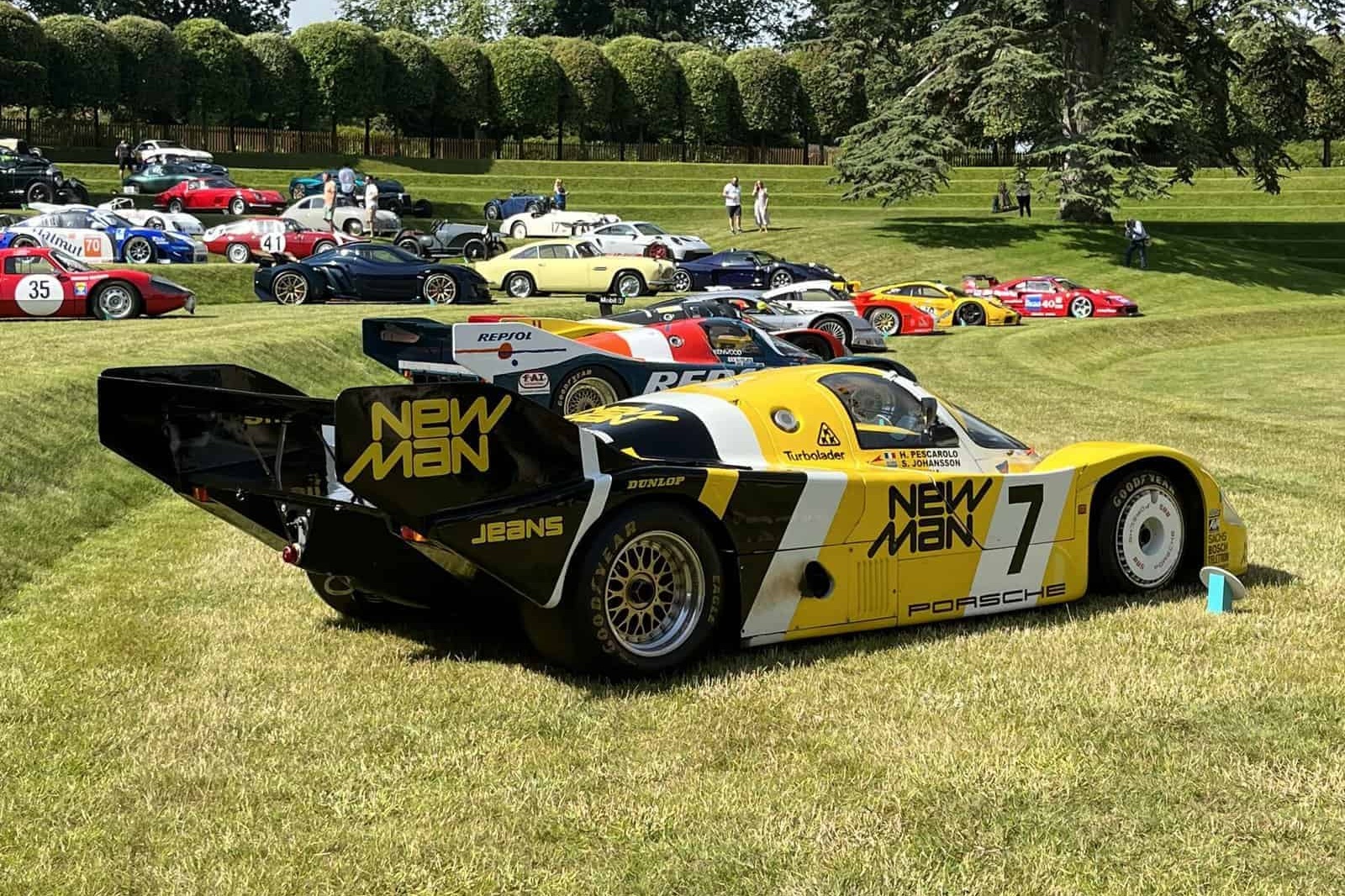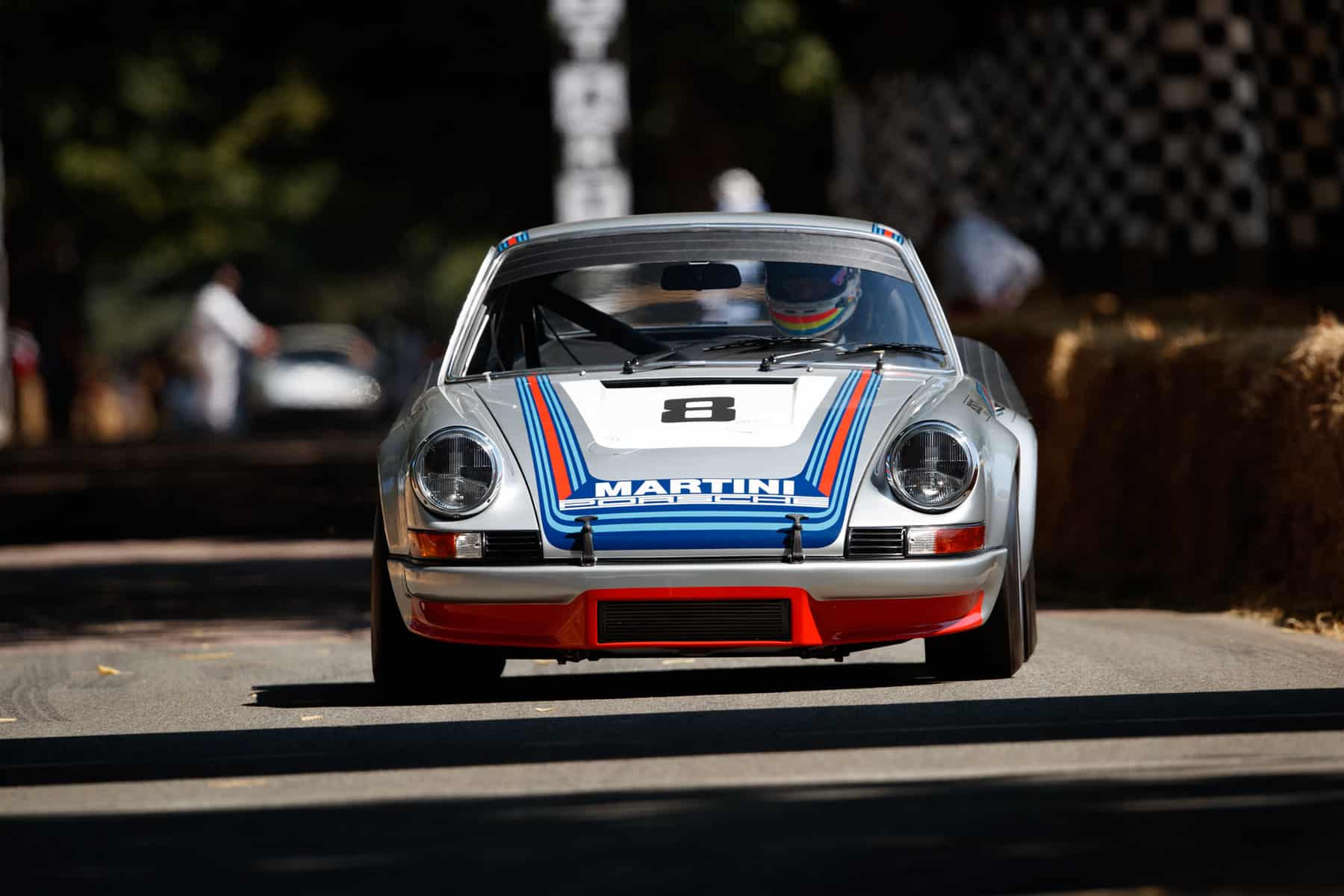
Spyker 60HP
The revolutionary car built by pioneering Dutch brothers
WORDS & IMAGES BY: WOUTER MELISSEN
The Netherlands is renowned for many fine things, but a bustling automotive industry is not one of them. However, one of the great automotive pioneers did hail from the Low Countries, a firm with a name out of a James Bond film – Spyker.
The company was founded in 1880 by brothers Jacobus and Hendrik-Jan Spijker. In 1903, they launched the revolutionary 60 HP model but due to a series of unfortunate events, the Dutch manufacturer lost momentum shortly thereafter.
The Spijker brothers came from a family of blacksmiths and started out producing carriages. Their business was very successful, and they were commissioned by the Dutch people to create the Gouden Koets, or golden carriage, as a gift for the inauguration of Queen Wilhelmina in 1898. After acquiring their first motor car in 1899, they signed an agreement with Benz to produce the Spijker-Benz under license. These were quickly followed by a voiturette of their own design, which was quite sophisticated and excelled at the Dutch Automobile Trials with an average of 24 km/h over 547 kilometers.
“This convincing showing made the company very optimistic of adding to Holland’s ship-building industry that of motor-car manufacture,” the great British journalist Bill Boddy wrote about the Superlative Spyker in the June 1995 Motor Sport. “Optimism should be applauded but does not necessarily bring the hoped-for results. Holland had no raw materials, so Spyker had to import castings from Brussels and make its own parts and bodywork. Whereas Rolls-Royce made many of its own components for excellence, Spyker had no choice but to adopt the same method.” Boddy continued: “So the motor-car venture was by no means easy.”
Undeterred, the brothers carried on and with an eye on attracting a more international clientele, changed the company name to Spyker in 1903. To further that effort, it was also decided to enter a Spyker in the Paris-to-Madrid road race in May of that year. This was the latest in a series of races that started in Paris and finished in another major European city like Amsterdam, Berlin, and Vienna. It was a hugely popular event as over 300 drivers entered the 1,307-kilometer race. The cars entered had to qualify for one of three weight categories, with the highest limit set at 1,000 kg.
The job of creating the first Spyker racing car was initially entrusted to French engineer Emile Drouard but work progressed slowly until the recently appointed Joseph Valentin Laviolette was tasked to take over. The young Belgian engineer used this opportunity to turn the engine design he had created into reality; the world’s first straight-six engine. This was quite a departure from the diminutive, two-cylinder, air-cooled boxer engines that had been fitted to the first Spyker cars. Laviolette pushed the boundaries even further with a proprietary four-wheel drive system.
The new engine consisted of six separate cylinders, which were mounted on a common crankcase. The massive cylinders each had a displacement of nearly 1.5 liters for a total of 8,676 cc. Mounted on either side of the crankshaft were the camshafts, which were driven by exposed chains and gears. Through the pushrods, the two camshafts actuated the intake and exhaust valves respectively. A single Zenith carburetor was fitted, and each cylinder was equipped with one spark plug. The novel straight-six engine was rated at 60 HP, which would also be the model’s name.
Long but relatively shallow, the engine was installed low in a steel ladder chassis. Through a short propeller shaft, it was mated to the three-speed gearbox, which was mounted under the floor. To the right side of the gearbox a transfer-case was bolted that sent the drive to the front and rear axle. While there had been the experimental Lohner-Porsche with electric motors on both axles, the 60 HP was the first internal combustion engine car to feature four-wheel drive. Laviolette also included a transmission brake, making the Spyker first car with the braking force distributed to all four wheels.
The two driven axles were suspended by semi-elliptic leaf springs, but no dampers were fitted. The rear axle also boasted additional drum brakes to complement the transmission brake. In a very early attempt at streamlining, the radiator was split in two and angled to create a “V.” Mounted on either side of the radiators were two large headlights or better – lanterns. The rudimentary body fitted consisted of little more than an engine cover. The open cockpit had few amenities beyond a pair of bucket seats for the driver and the riding mechanic. A barrel-shaped fuel-tank was installed behind the two seats.
It is not surprising that the construction of the ground-breaking and complicated Spyker took longer than expected. Unfortunately, it was not ready in time for the Paris-Madrid race it had been conceived for. The 60 HP was eventually completed in December of 1903 and revealed in Paris. Two months later, it was displayed at the Crystal Palace in London. Not only was the new Spyker a technological tour de force, it was also very fast with a 110 km/h top speed. The 60 HP is understood to have raced only twice – at the 1904 Blackpool races, where it placed third, and in a hill-climb at Birmingham in 1906. Making the most of its four-wheel drive system, the 60 HP won the race.
A slightly detuned version of the six-cylinder engine was used for a production car but it was so expensive that very few were built. The racing activities were limited except for the 1907 Beijing-Paris road race where a Spyker placed seventh. Tragically, earlier that year, Hendrik-Jan Spijker perished when the ship he was on, SS Berlin, sank after it hit a pier. A grief-stricken Jacobus Spijker withdrew from the company shortly thereafter. Within a year, the original company that produced the Spyker cars filed for bankruptcy. Spyker production restarted under new ownership.
During the next decade and a half, Spyker continued to produce luxury cars but also ambulances and fighter planes and aero engines during the First World War. From 1920, trucks and buses were also assembled in the Spyker facility. Production ceased in 1925 when around 1,500 cars had been built. A Spyker briefly returned to the limelight when it starred alongside a Darracq in the 1953 movie Genevieve. In 1999, the name was resurrected for a new Dutch sports car manufacturer. One of the models was appropriately dubbed the Laviolette.
Very few Spykers exist today but, miraculously, the one-off 60 HP has survived. In the early 1920s, it was quite poorly restored. Along with the rest of the assets, the 60 HP was auctioned off following the company’s bankruptcy in 1926 and acquired by a former director of the company. From 1953 onwards, the extensively modified 60 HP was displayed in several Dutch museums. In 1993, the Spyker joined the stable of Dutch collector Evert Louwman who had the car meticulously restored to its 1904 Crystal Palace configuration over a five-year period.
Along with several other Spykers, the revolutionary 60 HP is proudly displayed in the Louwman Museum, The Hague, The Netherlands. “The Spyker collection is Dutch cultural heritage,” Louwman Museum director Ronald Kooijman explains. “The collection is placed centrally in our museum and can be viewed from the ground level but also the upper two floors.” As the most important Spyker in the collection, the 60 HP is displayed in a separate room that the museum architect Michael Graves said was inspired by the tea houses of classic country homes. “Graves called the attached cupola a ‘jewel,’” Kooijman says, “which is most appropriate for the Mona Lisa of our collection.”


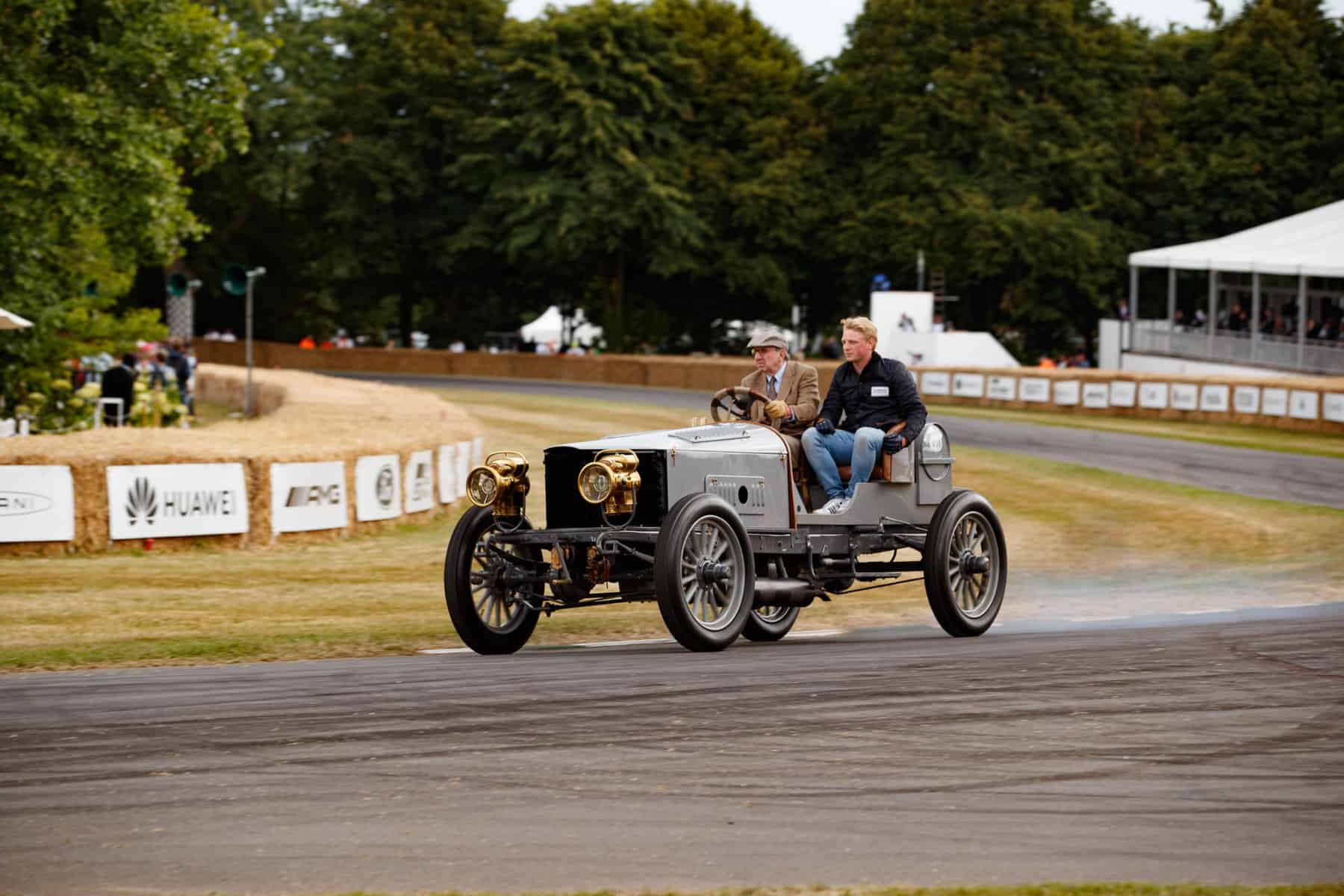
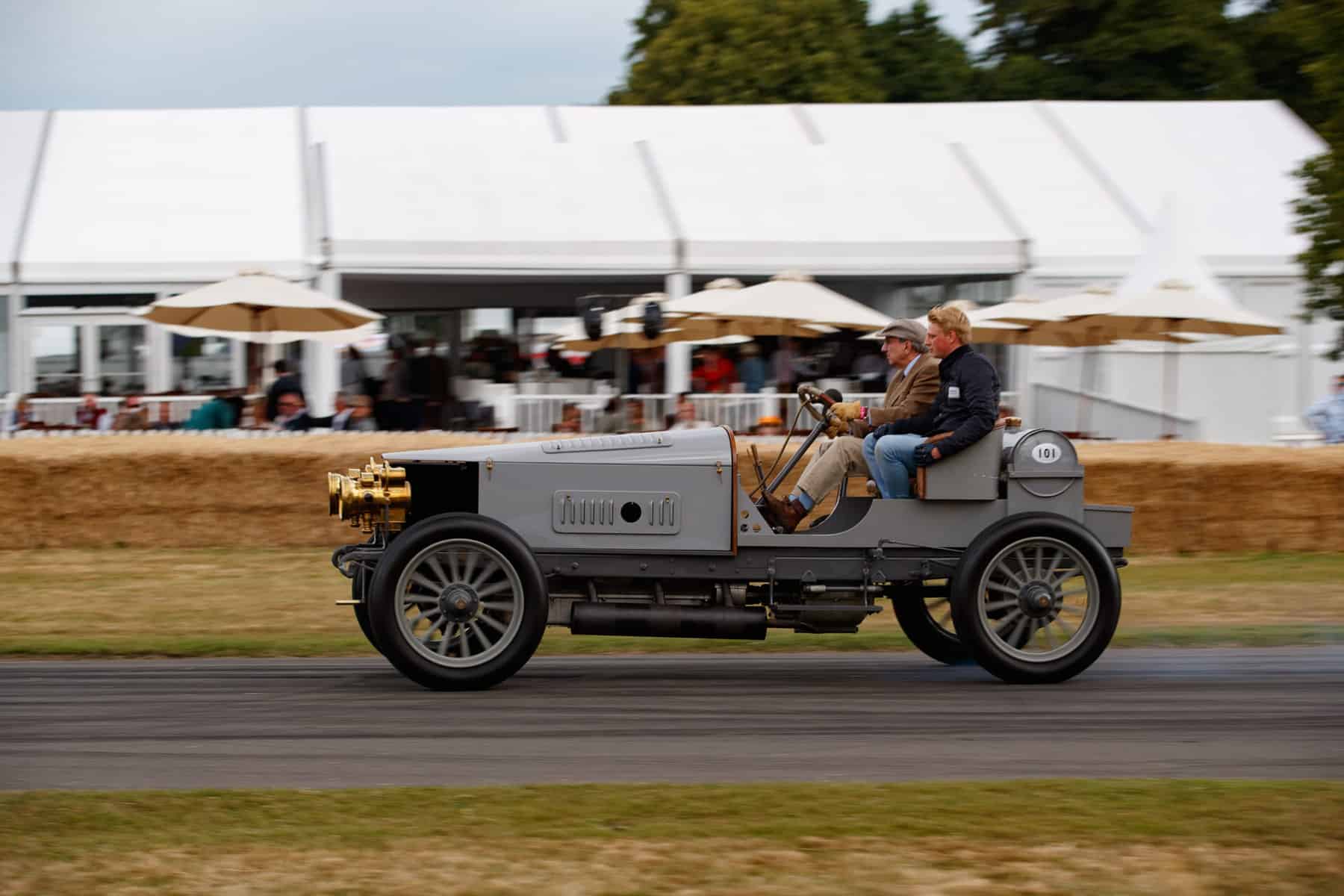
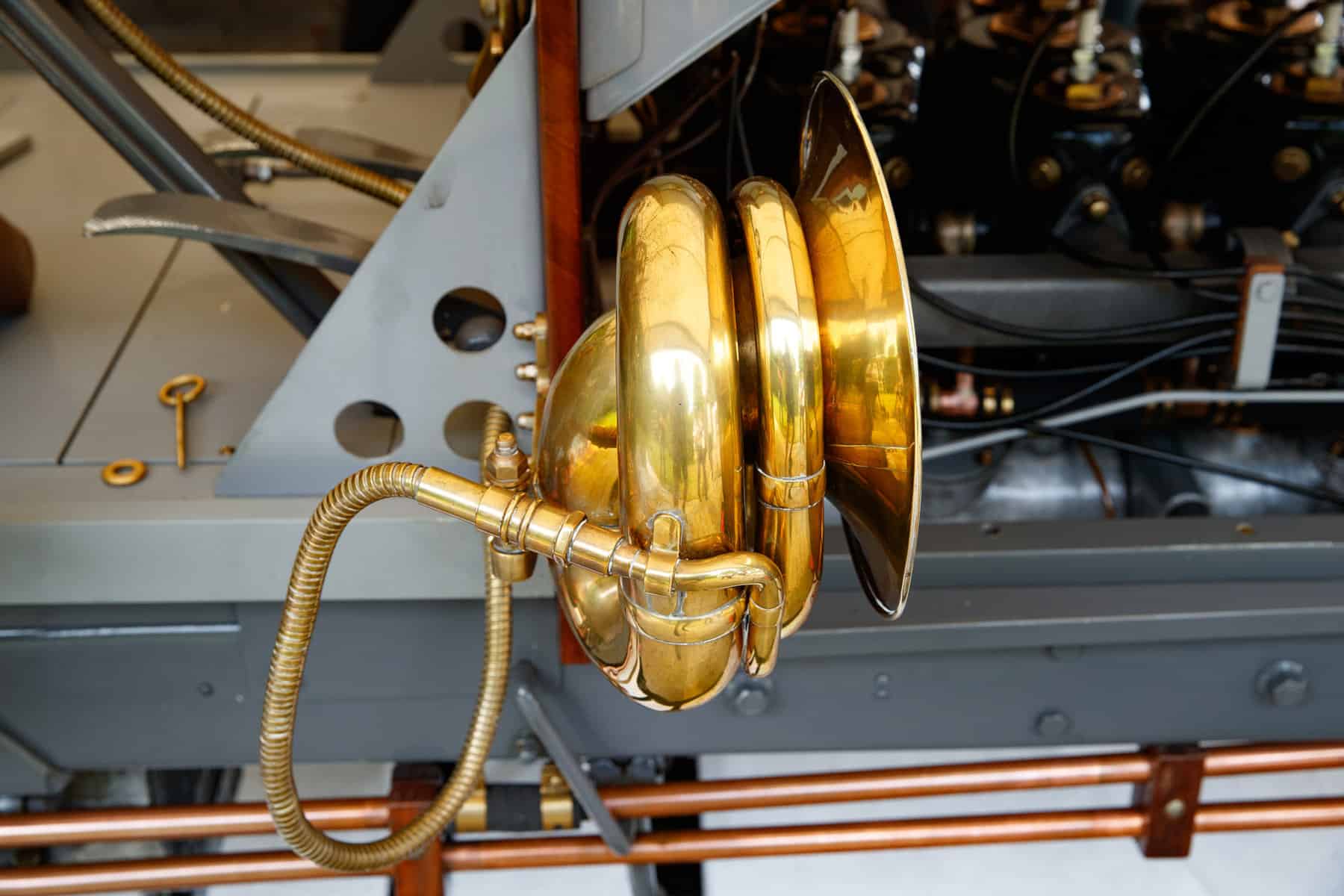



![alfa gtz perfectly imperfect webannerl[1]](https://automedia.revsinstitute.org/wp-content/uploads/2024/08/Alfa-GTZ-Perfectly-Imperfect-webannerl1-uai-1200x800.jpg)
